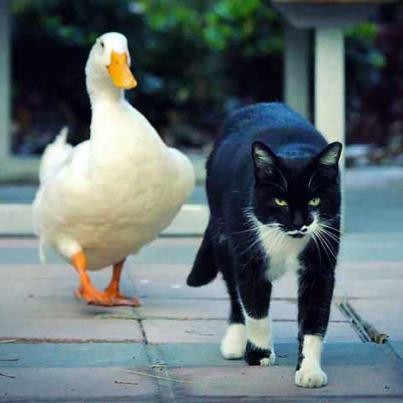A key to what makes me tick… And what may make you tick too ….
Our minds work very well with metaphors. We use them everyday, often without thinking. How about: “I’ll be there in two shakes of a lamb’s tail” to signify speed of movement. Or “as bright as a summer’s day” to describe how joyful a person or situation is.
Metaphors convey vast amounts of information in a small picture; a picture we paint with words in our minds. At some level we are all poets, with this innate ability for metaphor.
For almost as long as I’ve been alive I’ve either been told I’m different or realised I’m thinking differently about things. “My Thinking Principles” is an exercise for me, to articulate how I am thinking about things, when I approach subjects – which you’ll see in the blog posts. I’ve also learnt that consistent definitions are useful. Definitons enable us to try things out, and to test whether the world around us is behaving in a consistent way or not. The results of our analysis give us clues to whether anything needs to change or not. And of course we need something in the first place to know whether it needs changing or not.
So, because these thinking principles have been in my thoughts, I don’t necessarily know what they look like until I write them down. So it will take some time, maybe a few months, maybe more to write down all of the Thinking Principles I realise I’ve been using. I hope you find them useful. I know I do.
FTL Thinking Principle 1:
Make chalk and cheese sandwiches. We know the phrase “as different as chalk and cheese” to signify to people or things being so different to each other. This phrase is subconsciously telling us: nothing can come out of it (the coming together of differences) but trouble or difficulty. Humans are very different to horses, yet they can make a great riding team together. To make chalk and cheese sandwiches, build the interface island (between the chalk and the cheese) for the sandwich to be built on. For horse and rider, the interface island is where rider and horse join or touch each other. Have fun making your chalk and cheese sandwiches. What about Cat and Duck? When you’ve found the beautiful images, look for where and how they join.

FTL Thinking Principle 2:
Get comfortable with “I don’t know”. When we acknowledge we “don’t know something” it frees our mind up to go and get some answers for us. In a tough, target-driven world, it is understandable that people feel they need to be able to nod sagely and say “I know” to something which may make no sense to them. I can recall the first time I said “I don’t know” in a bright upbeat, curious voice, to find that the other person didn’t know either! “I don’t know” can be a liberating experience.
FTL Thinking Principle 3:
Every Outcome has a Purpose connected to it. Identify the Purpose involved with whatever you are engaging with. We may use a lawnmower to cut our grass. This is the function of the lawnmower, and not necessarily the purpose of the lawnmower. The grass will look fantastic we hope. But why did we cut the grass? The answer to this will give us the purpose of cutting the grass. Perhaps we cut the grass to keep our partner happy; they don’t like long grass, or it has to be kept to a certain length to stop them fretting. Or maybe we cut the grass so next door’s cat can’t lie in wait for the birds lining up to feed at our bird table. Striving to find the Purpose of an outcome will take you a lot deeper into what is going on around you, than only identifying the functions that deliver those outcomes.

Image courtesy of Stuart Miles at FreeDigitalPhotos.net